Most often the people who will try to fake a service dog claim they have a mental illness because they cannot be proven wrong by the public. We obviously never see those dogs do task work so what do psychiatric service dogs actually do — the real ones?
There isn't only one answer to this question as each person with a mental illness experiences different severities in symptoms and exhibits variations of anxious behaviors. Some of these include, but are not limited to: skin picking that could lead to scars, foot tapping, leg shaking, nail/lip biting, etc.

Professor Alexandra Horowitz, a dog-cognition researcher at Barnard College, wrote that "while we might notice if our coffee has had a teaspoon of sugar added to it, a dog could detect a teaspoon of sugar in a million gallons of water, or two Olympic-sized pools worth." Since dogs are able to smell so well, us humans can teach them to sniff out specific people/objects/foods. By detecting the levels of cortisol in our breath, our dogs' sniffers are the first to know when our anxiety is about to spike and can alert by nose bumping or pawing at the handler.
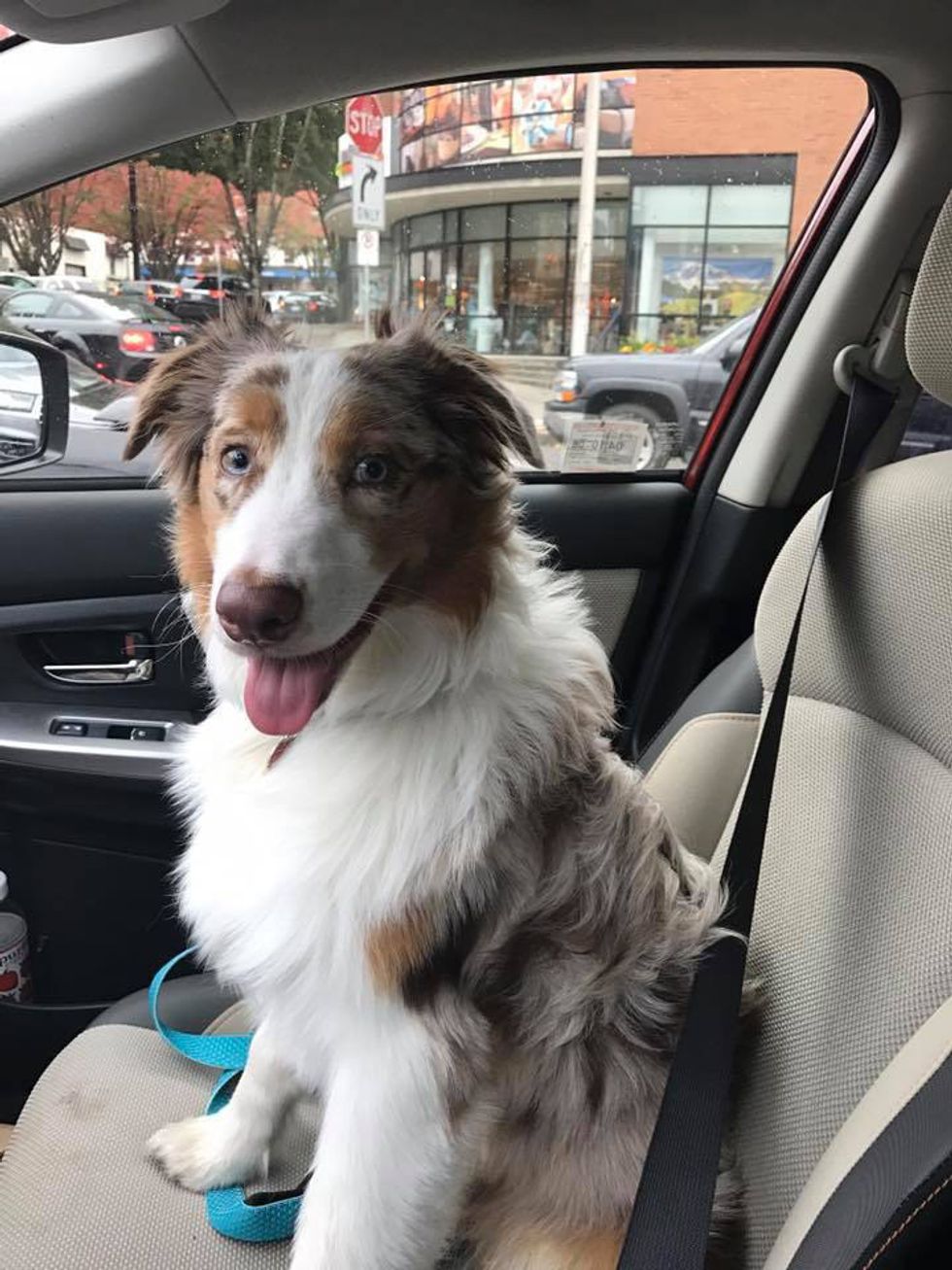
Some psychiatric service dogs will immediately try to distract an anxious handler by playing because it changes the person's focus. Instead of thinking about a flashback or a panic attack they just had, they can begin doing something else. And what is a better distraction than a cute dog wanting to play?
Another way for a psychiatric service dog to calm an anxious handler is by sitting in the handler's lap or across the chest. Many people just think we like to sit down in the middle of a shopping mall to have our dog cuddle in our lap. However, with as cute as they may look, they are actually doing a very important task that is used by many psychiatric service dog handlers. This is called DPT, deep pressure therapy, causing serotonin and dopamine to be released in the handler's brain. The pressure is also calming because it helps lower heart rate and blood pressure, both of which rise during a panic attack or anxiety spike.

Everyone is familiar with daydreaming or "zoning out" but a far more intense and debilitating version is called "dissociation." It is a coping strategy for most people with anxiety, panic or depression disorders. When people daydream, they may be thinking about their day or something that happened last Tuesday. However, when someone dissociates, they feel detached from their body, as if they're not real and are disconnected from everything happening around them.
This is extremely dangerous for a person to experience in public as they fear being taken advantage of or walking into life-threatening situations. Not only can a psychiatric service dog guide the handler to a known safe-zone, but their nose can also sniff out a family member or specific person they were taught to find in cases of an emergency.
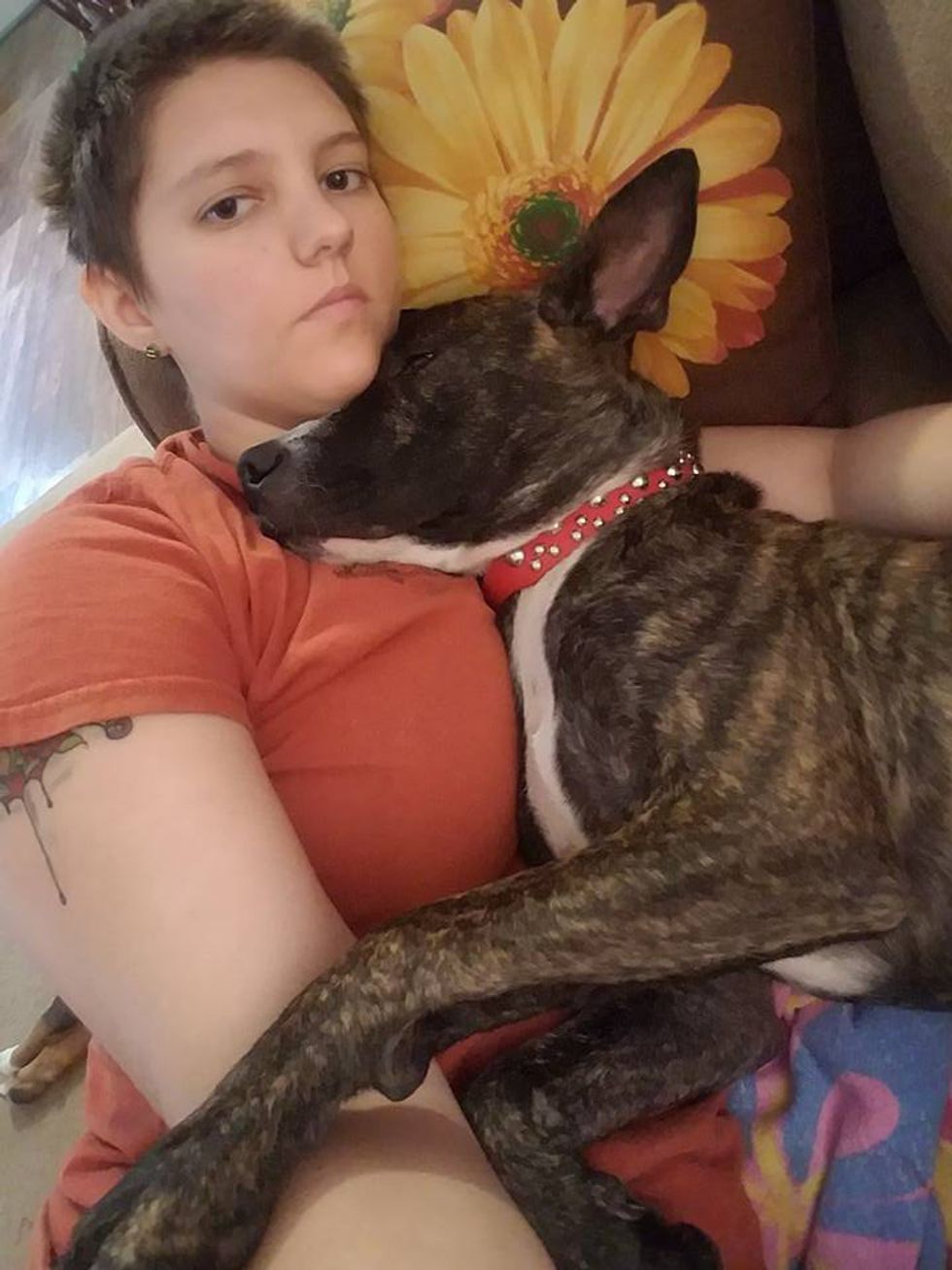
During dissociation, the dog will try to bring the handler back to reality; this could be done by face-licking, pawing the handler or jumping in the handler's lap. This is calling "grounding."
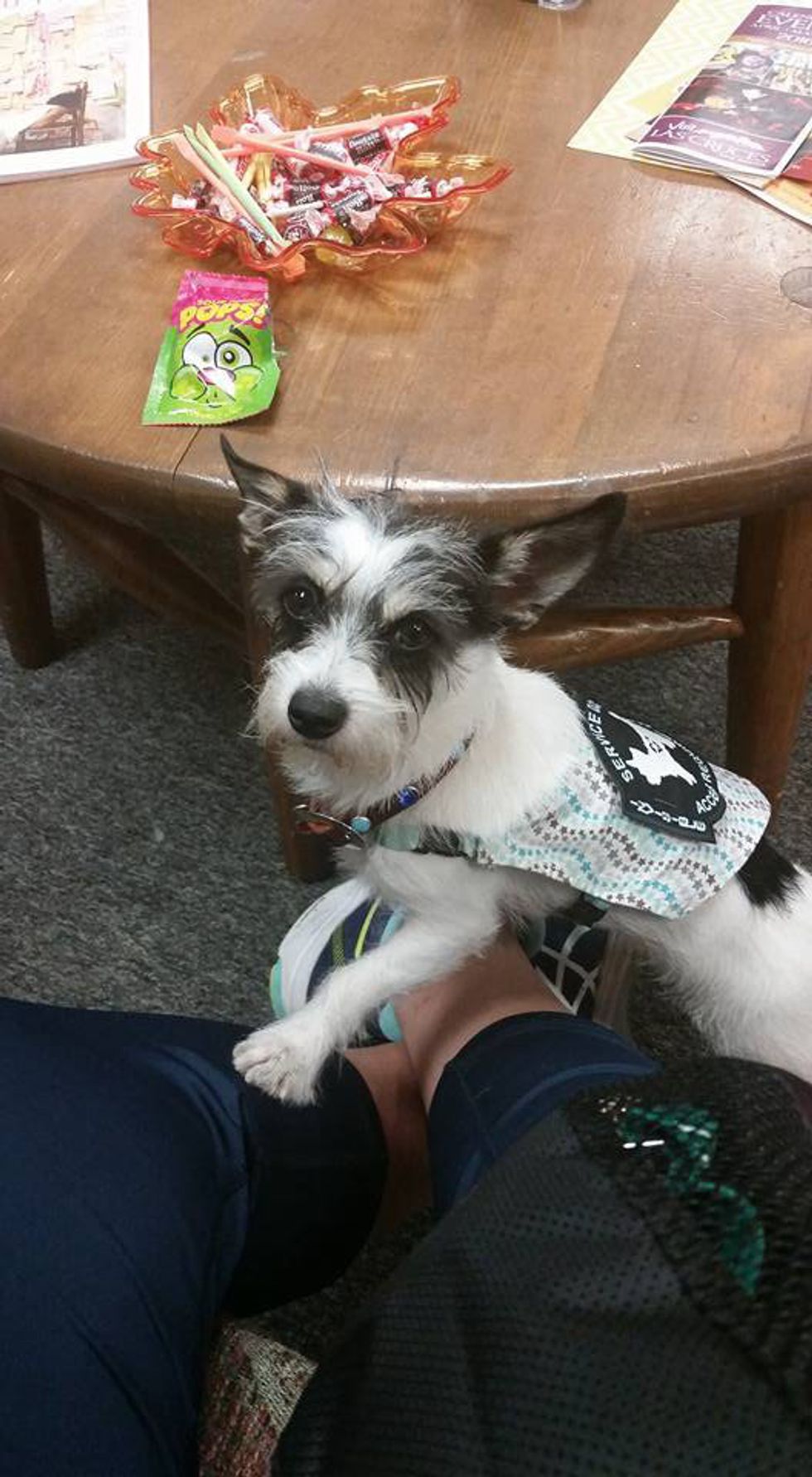
Many people assume that psychiatric service dogs are another name for "ESA: emotional support animal," which is not only false but also a completely different thing. Emotional support dogs are not taught any of the tasks listed above and in most cases, not any tasks at all. Granted, they may naturally learn to alert by picking up on the handler's anxious behaviors, but they do not require any training and are denied public access rights. ESAs are purely for emotional support, just how it sounds, and existing for the handler's comfort is their only job.
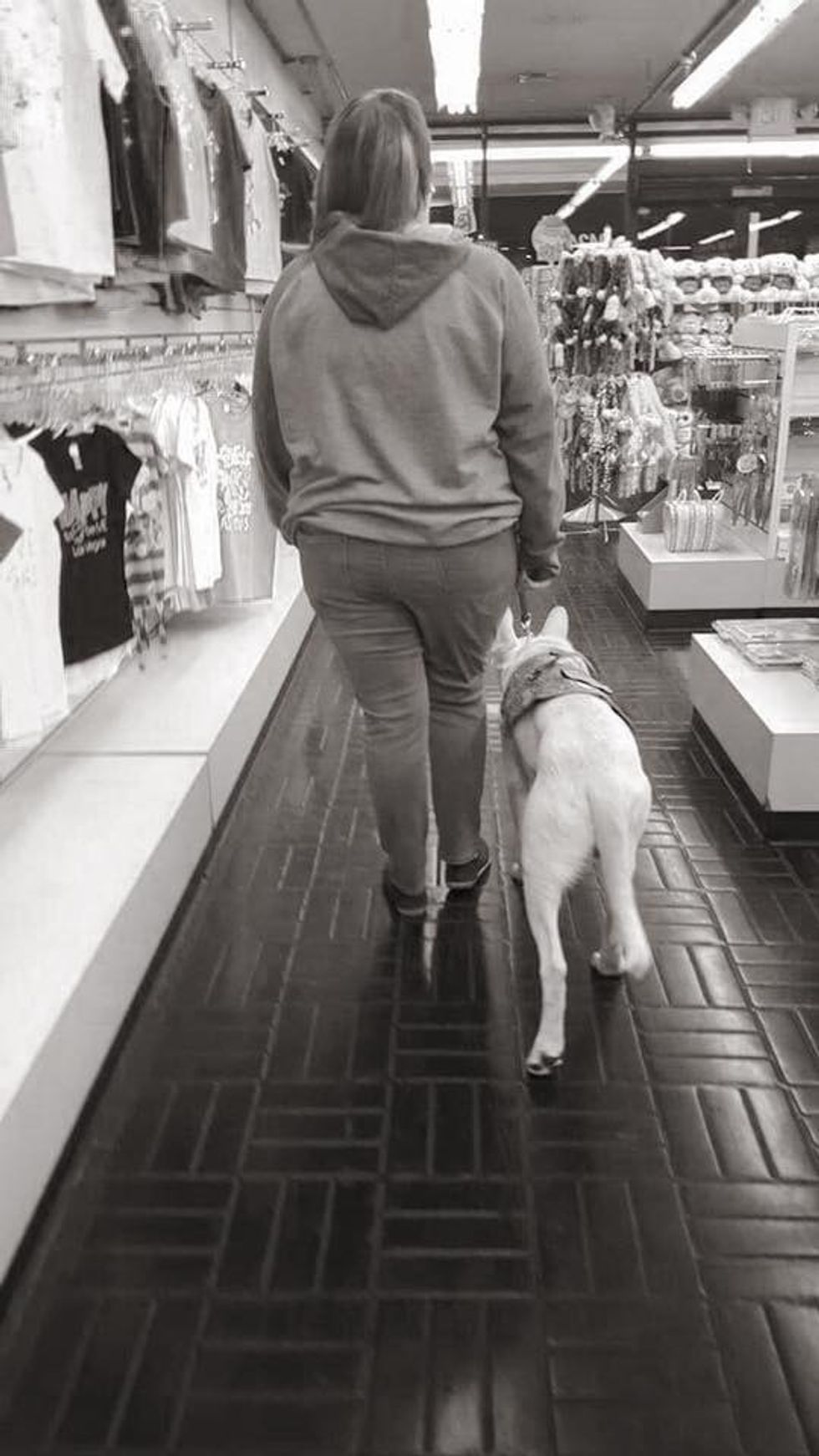
As mentioned earlier, dogs cannot only smell when chemicals are fluctuating in our bodies, but they can also detect increased heart rate and changes in blood pressure, making it possible to alert to anxiety spikes or panic attacks. Additionally, people also experience increased heart rate and changes in blood pressure during night terrors as well. In that case, the dog can wake the handler up and save them from having to re-live their trauma over, and over and over every single night, waking up screaming and hyperventilating in a pool of sweat.
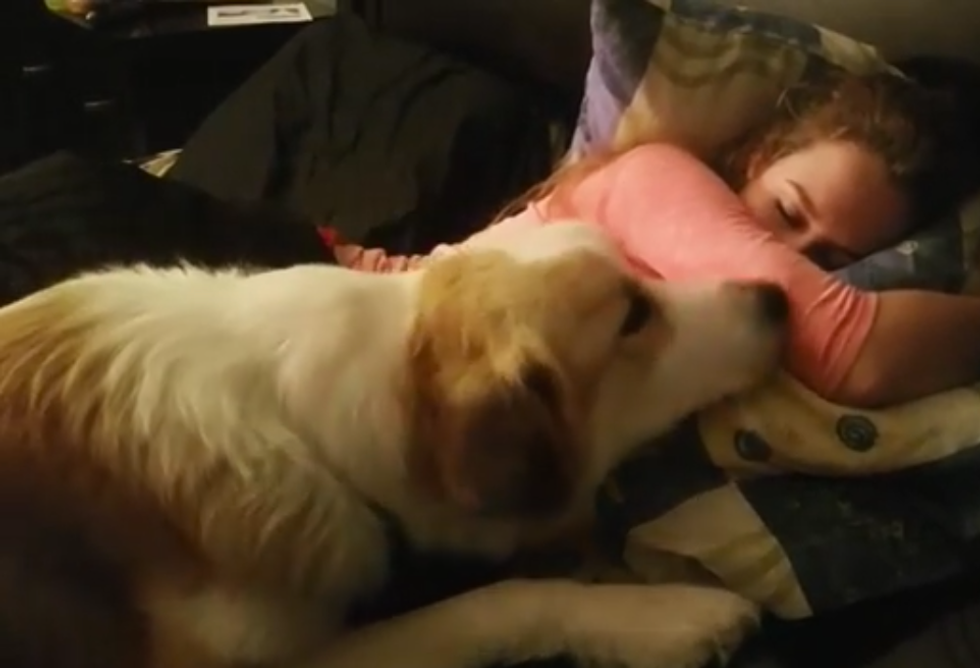
Just being in public around other people is enough to make someone with anxiety feel like someone is sitting on top of them, making it difficult to breathe. Psychiatric service dogs are taught to set a divider between the handler and people around them, keeping others out of the handler's space at all times. The dog can cover or block (stand in front of or behind the handler) horizontally, crossing the front/back of the handler's body.
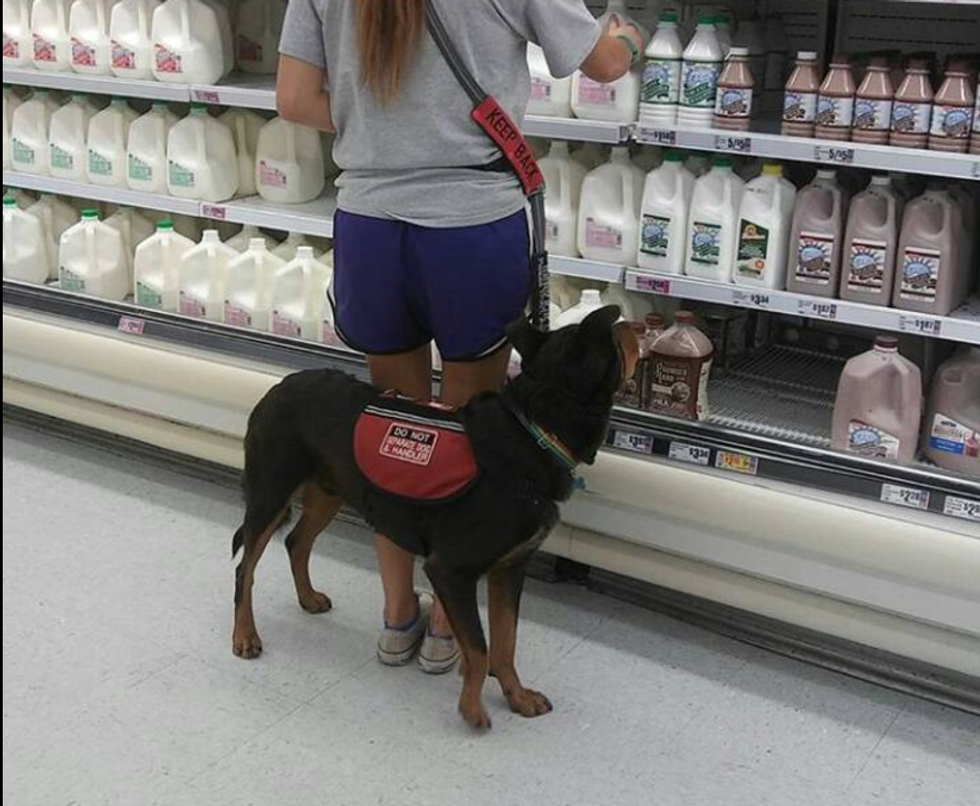
When the dog is blocking/covering, they can be taught to nose-bump the handler when someone is approaching. This helps many paranoid, terrified handlers feel safe with their service teammate.
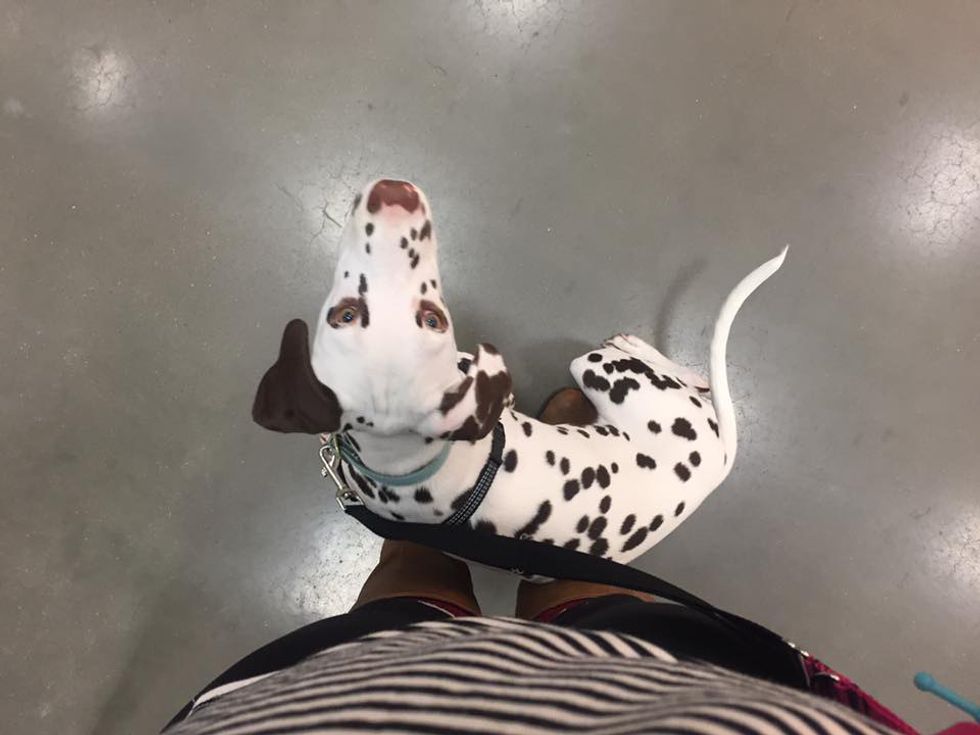
Paranoia and anxiety don't only occur when psychiatric handlers are out of their house, but even when they're entering. In this scenario, the handler commands the dog to check out an entire space before entering. The dog will let the handler know if it is safe to come inside, helping ease the anxious mind.

The withdrawal symptoms from forgetting to take an anti-depressant medication can be brutal, including: mood swings, dizziness, balance problems, flu-like symptoms, headache, loss of coordination, muscle spasms, nausea, tremors, trouble sleeping and vomiting. Most of the time, spoonies (a person living with a chronic illness) have reminders set to take their medication. Even with the reminder, it is easy to instantly forget or even hit snooze. Service dogs alert their handler to the alarm and are persistent until they take the medication. In some cases, the dog may not even need an alarm to remind them. The dog can also retrieve the medication for the handler.

Is it easy to fake a psychiatric service dog because: "no one will be able to prove you don't have anxiety" Maybe. But remember that there are many psychiatric service dogs that are real and not equivalent to an emotional support animal or therapy dog.
A psychiatric service dog provides more than just comfort and helps people with debilitating mental illnesses. Not just "anxiety" but crippling anxiety, which makes it hard to live a normal life or leave the house. Psychiatric service dogs go through training to help the handler's specific anxious behaviors and often learn how to smell chemical changes in their handler's body, unlike an ESA.
Whether or not you believe in mental illnesses, it is not your place to determine if psychiatric illnesses qualify as disabling enough to have a working dog. This is especially true if you have never had to suffer through the trauma, the horrifying night terrors, the embarrassing panic attacks in the middle of a grocery store or having a conversation with someone and not even noticing your skin is bleeding from scratching so hard. It is not your place to judge another person's pain just because you can't see it.
Just because you have never had a seizure, would you say they aren't real?



















